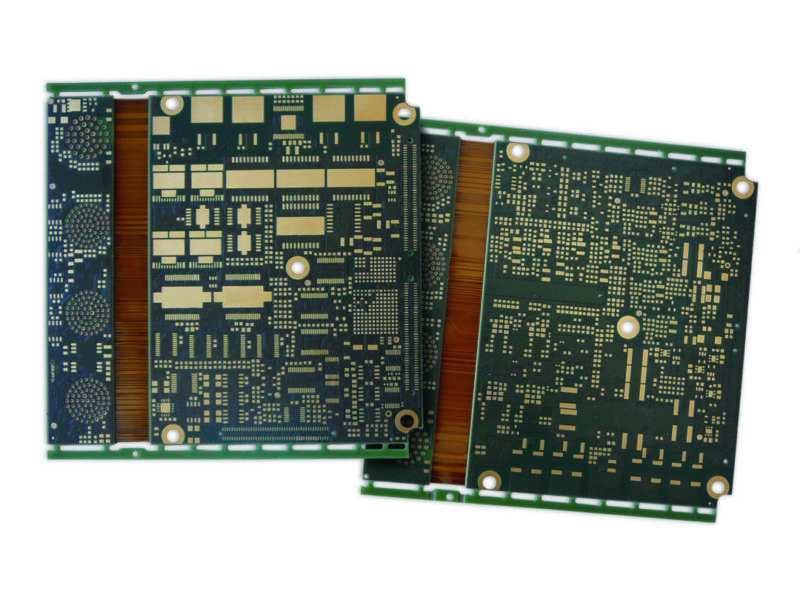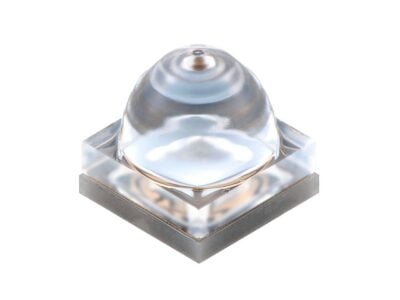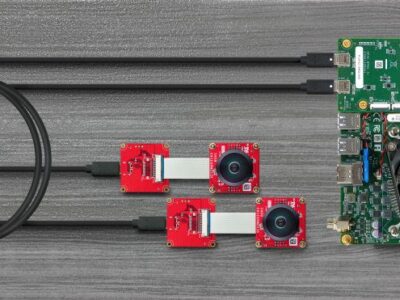
In electronic systems, mechanic joints are particularly vulnerable to the effects of load changes and vibrations. Typically, this effect hits at soldered wire connections – they tend to break under mechanical stress, which often enough leads to the complete failure of the respective ECU. Rigid-flex, on first sight a contradiction in itself, is the solution: It consists of two or more rigid PCBs with a flexible sheet of polyamide as the connection between them; the polyamide sheet carries conducting paths made of cooper. Besides enabling the PCBs to withstand the vibrations, it helps designers to better exploit the available space.
Though rigid-flex PCBs appear to have a cost disadvantage at first sight, the contrary is true, claims Jürgen Kintopp, general manager of GCD-PCB: It makes a number of small parts redundant, such as connectors, cables, and screws. In addition, the higher reliability and robustness compensate for these extra costs. And, of course the technology is not restricted to sport motorbike applications – it can also be deployed on any environment with hostile character.
 If you enjoyed this article, you will like the following ones: don't miss them by subscribing to :
eeNews on Google News
If you enjoyed this article, you will like the following ones: don't miss them by subscribing to :
eeNews on Google News




